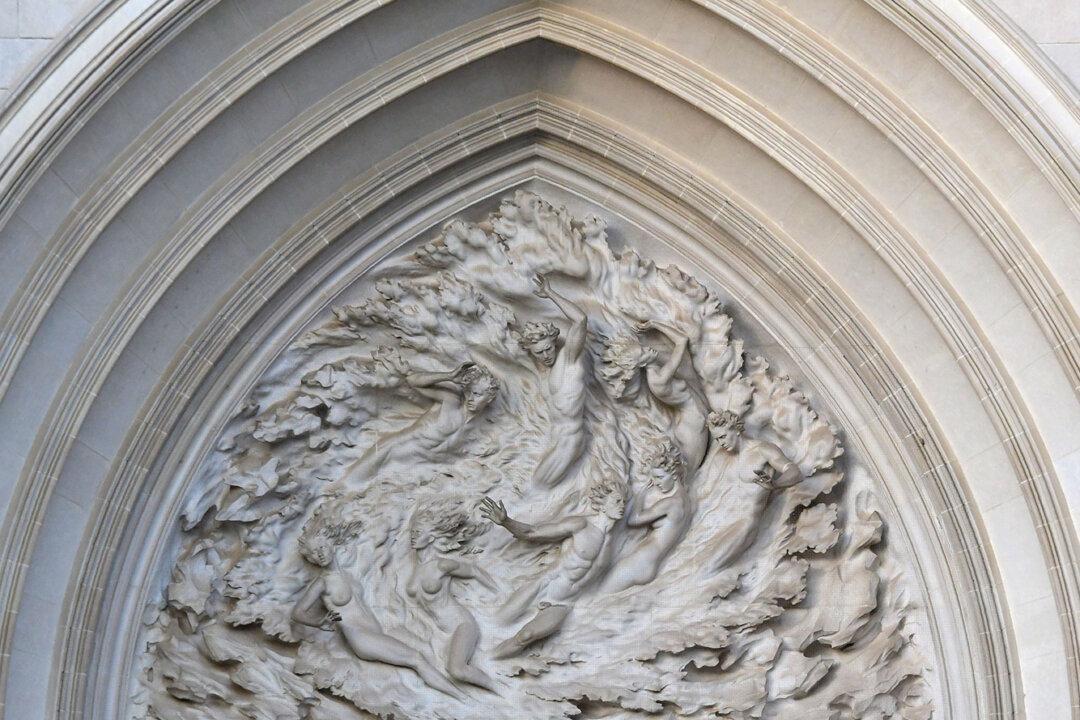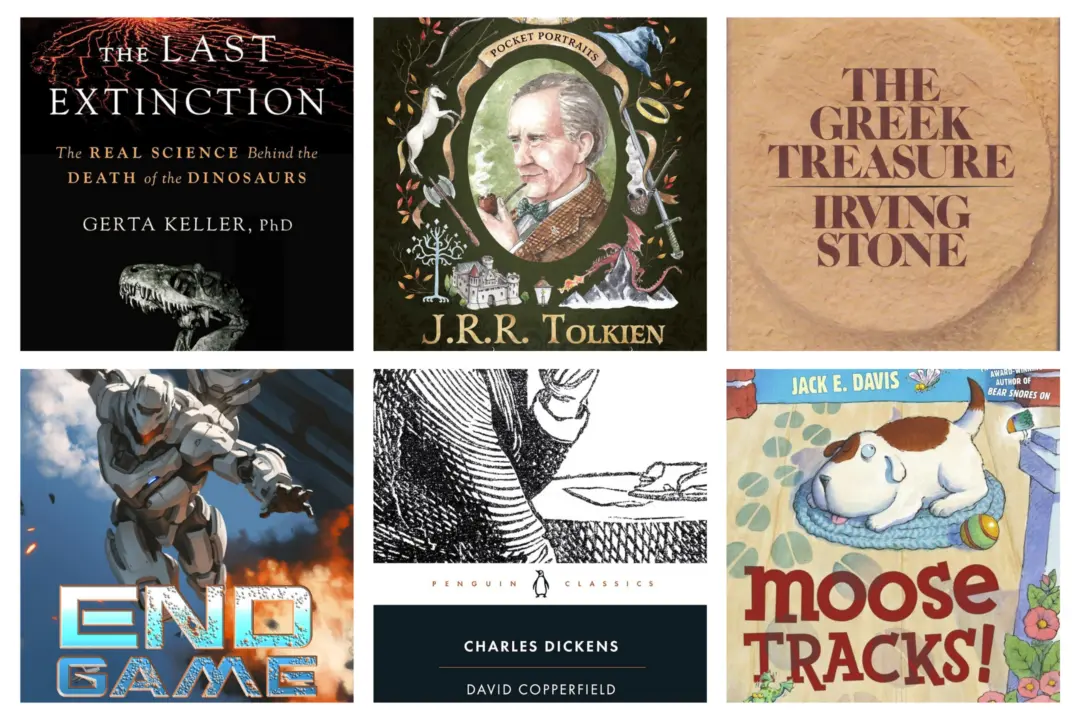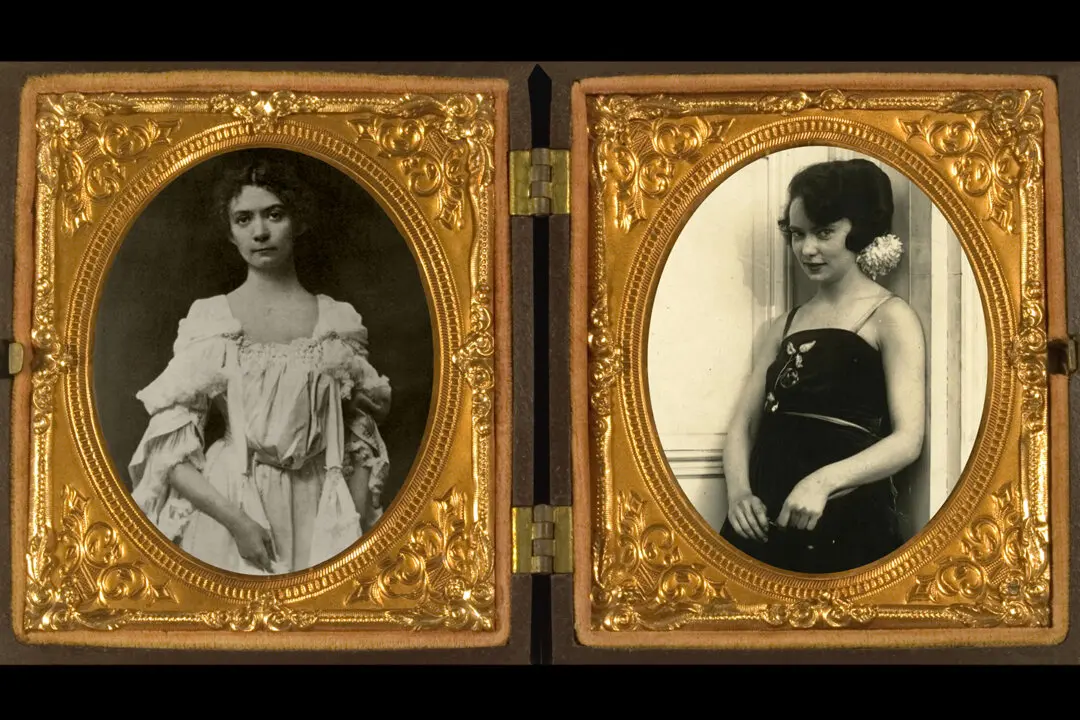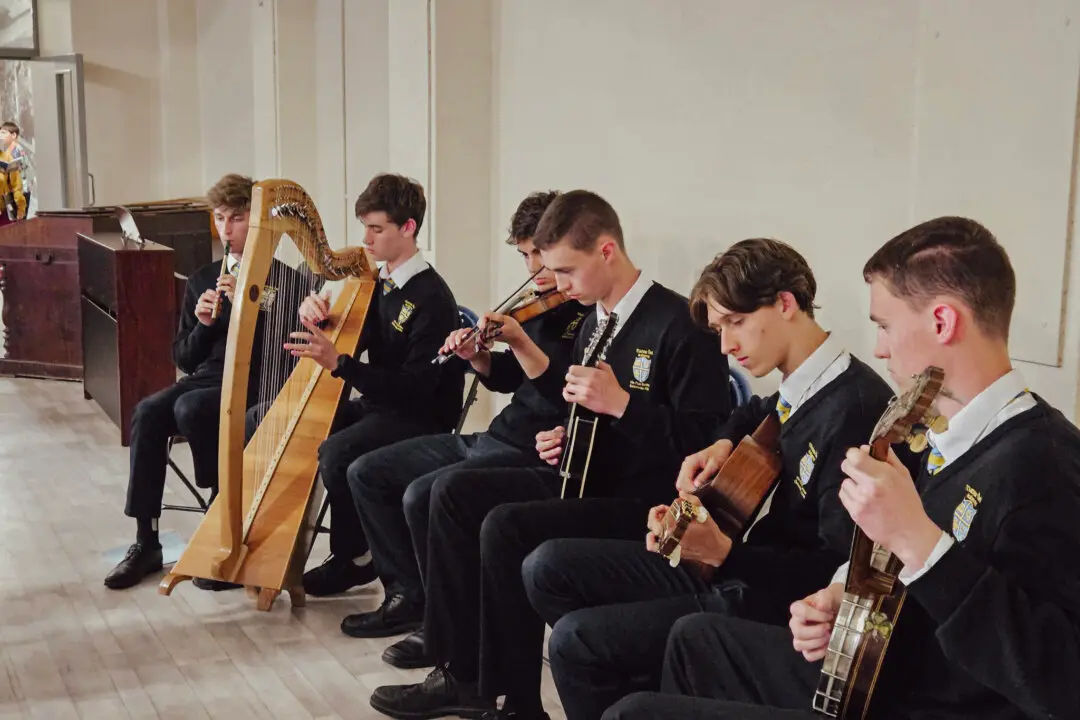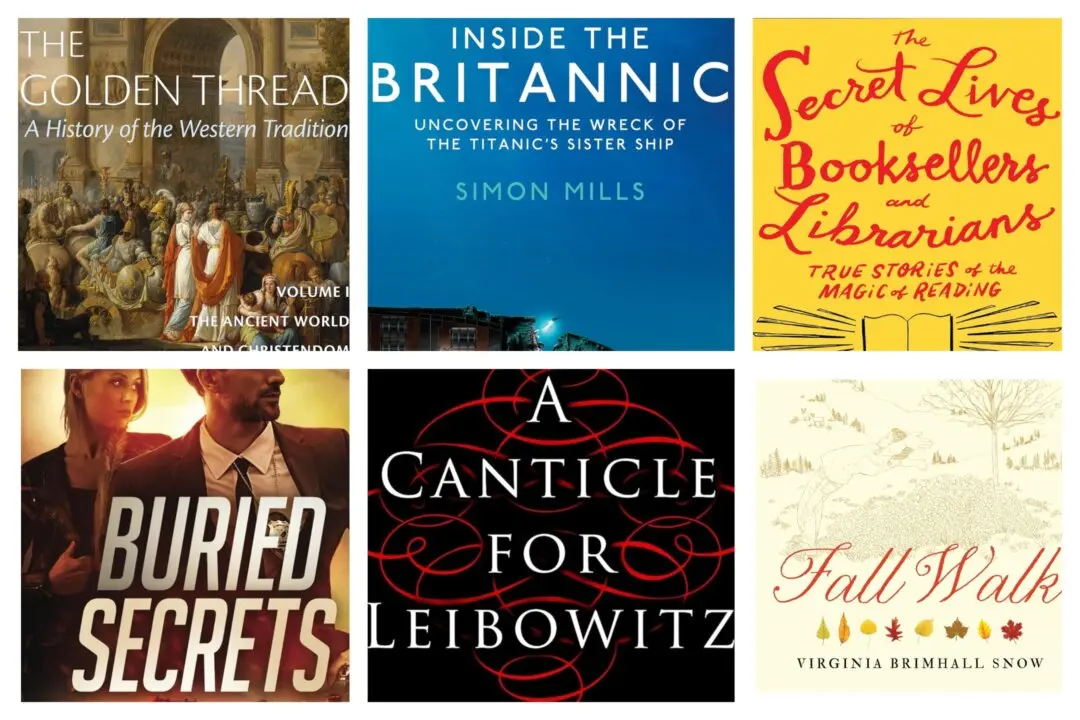“Frederick Hart’s story would fit right into Giorgio Vasari’s marvelous ‘Lives of the Artists,’ assuming the great Renaissance biographer might have had a taste for tales from the boiled-peanut Hoppin’ John country of eastern South Carolina.” So begins author Tom Wolfe’s tribute to one of the 20th century’s great sculptors, Frederick Hart (1943–1999). Wolfe wrote his essay for the book “Frederick Hart, Sculptor,” which is no longer in print.
In “The Artist the Art World Couldn’t See,” however, Wolfe repeats many of his original observations. In this New York Times obituary, we learn that after his mother died, the 3-year-old Hart was sent to live with relatives in Conway, South Carolina. He got into trouble at school, failed the ninth grade, and was an indifferent student. Yet as a high school dropout at age 16, he took the ACT and scored so high on this college entrance exam that he was admitted to the University of South Carolina (USC).

